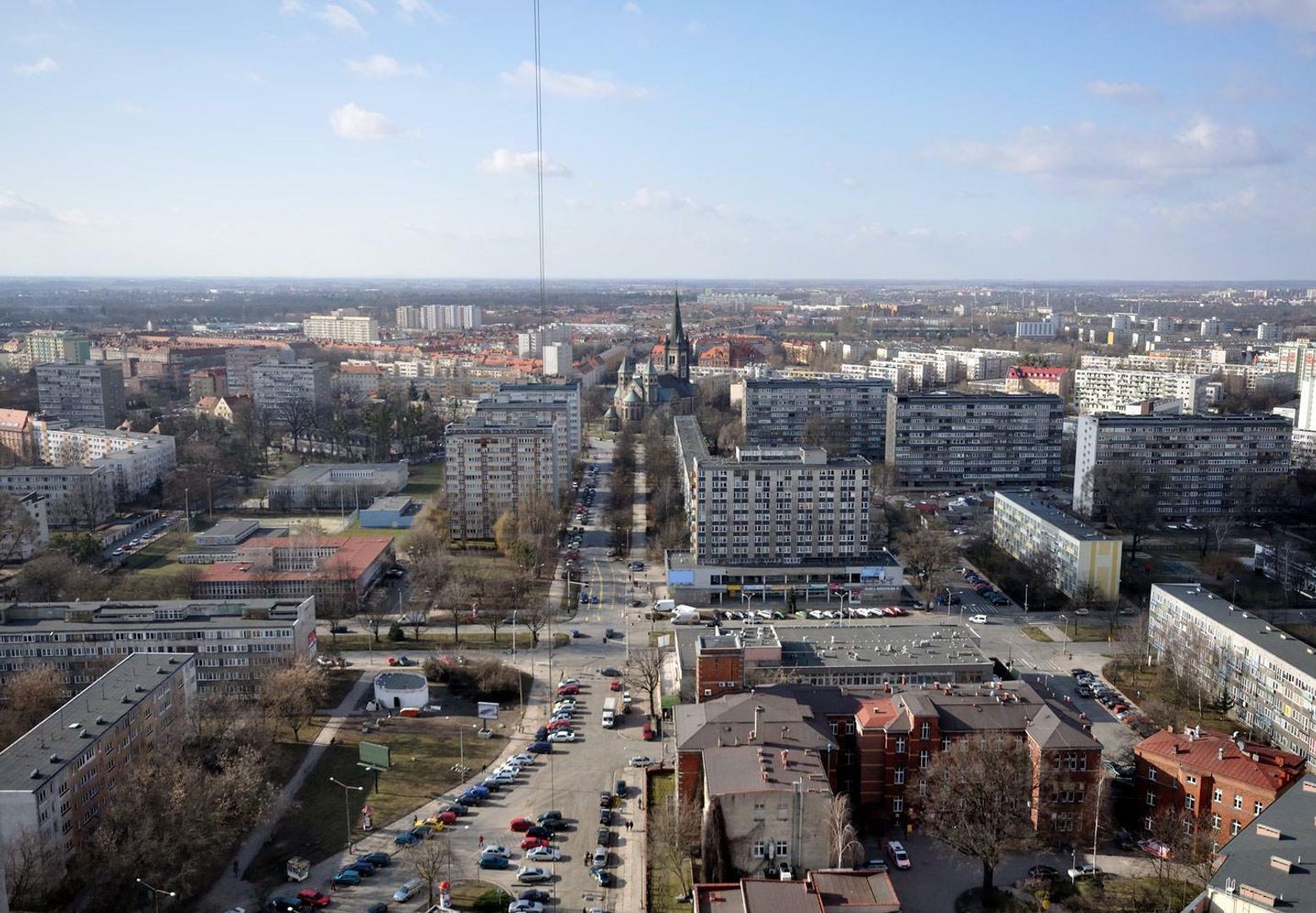Ludwik Hirszfeld Square in Wrocław
6.67

Overview
Ludwik Hirszfeld Square, located in the Południe district of Wrocław, has borne various names throughout its history, including Höfchenplatz and Franz-Seldte-Platz. It is named after Ludwik Hirszfeld, a distinguished physician and microbiologist. The square was laid out in 1882 and originally served as a green space, bisected by a dual-carriageway artery. In the following years, tenement houses and hospital buildings were constructed around it, including the complex of the National Insurance Institution, designed in the Neo-Gothic style by Karl Grosser between 1891 and 1893. By the end of World War II, most of the surrounding buildings had been destroyed, with only the hospital structures surviving. After the war, the square underwent significant transformation, with new residential and educational complexes built in its vicinity, including the General Education School Complex. The Lower Silesian Oncology Center now operates on the square, housed in historic pre-war buildings. In the 1970s, a brutalist-style residential and commercial building was erected on the square; the part spanning Zaporoska Street was demolished in 2006 due to issues with clearance height, which had led to numerous collisions. Today, the square has a rectangular shape, measuring 140 by 120 meters, with Zaporoska Street cutting through it axially. Its original character as a green space has been obscured by development, altering its urban function. The square and its surrounding architecture, representing various historical eras, have served as a backdrop for Wrocław’s social and cultural life, preserving historical memory and references to notable figures associated with the region.
Location
Tickets
Powered by GetYourGuide
2025 Wizytor | All Rights Reserved